News 2023: Shrimp Farmers Are in a Vulnerable State, Risk of Losing Everything
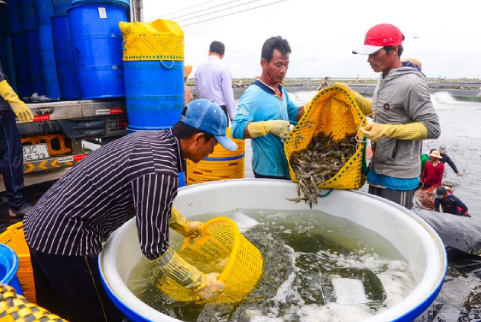
Harvesting shrimp at Sao Ta Food JSC, Vinh Chau Town, Soc Trang province - Photo: QUANG DINH
Numerous hazards confronting shrimp farmers
The current scenario of disease outbreaks among shrimp is considerably alarming. A majority of shrimp seed sources in Vietnam are currently infected with EHP (EHP is a microsporidian and causes disease in shrimp caused by the parasite Enterocytozoon Hepatopenaei).
Although this outbreak was initially identified in Vietnam around 2015, in recent times, spanning over a year, the epidemic has resurfaced across various provinces, leaving numerous farmers without any earnings.
Following multiple failed attempts, I conducted examinations on shrimp seedlings, revealing that the primary source of the EHP disease stemmed from the seedlings themselves, rather than the farming environment.
Currently, there exist two protective measures for shrimp farmers, involving certificates of clean disease-free shrimp seed certification issued by seed suppliers and the livestock-veterinary industry. However, these certificates are often met with skepticism, even when granted by the appropriate authorities.
In line with modern statistical methods, assuming that one million shrimp seedlings are afflicted with 1,000 instances of EHP, it would necessitate a random sample of 500,000 shrimp to identify one infected specimen.
However, adhering to existing regulations, conducting random tests on shrimp to yield outcomes would result in merely 20 samples from 50 shrimp. When applied to one million shrimp, the number of samples remains limited to 27.
The rationale behind such biased regulations remains unclear. With the evaluation limited to 27 randomly tested shrimp out of one million seedlings, the reliability of the outcome is undermined. The principles of probability suggest that the effectiveness of this testing process is nearly negligible.
Additionally, the reliability of testing methods remains uncertain. In line with regulations, breeding farms must screen for EHP when selling shrimp. Nevertheless, the prevailing method of disease testing - RT-PCR -is insufficiently sensitive.
The prevailing regulatory framework for the shrimp industry is outdated, failing to keep pace with disease dynamics, and lacking sustainable farming methodologies. Moreover, it hardly addresses issues related to greenhouse gas emissions.
Hence, prompt regulatory adjustments are imperative, particularly in the domains of sample collection and certification issuance. Only through these measures can we hope to detect shrimp disease outbreaks, prevent large-scale contagion, and mitigate the plight of farmers.
The pivotal role of regulatory bodies underscores the need for enhanced proactivity, encompassing heightened monitoring, impromptu inspections, routine sampling of shrimp, fecal specimens, and water from shrimp breeding ponds.
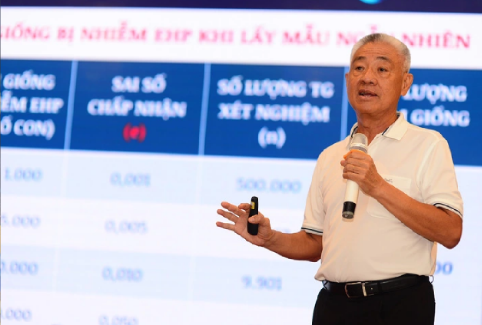
Dr. Nguyen Thanh My (Chairman of My Lan Group)
Confronting the rival Ecuador, the State's imperative action
Ecuador - Vietnam's competitor in shrimp exports - maintains an average farm size of 240 hectares, a stark contrast to Vietnam's mere 3.5 hectares. Consequently, Ecuador adopts extensive farming techniques, such as pond culture, for breeding whiteleg shrimp, whereas Vietnam pursues intensive farming practices.
Furthermore, Ecuador focuses on small-sized shrimp, with 50% of their production destined for China, whereas Vietnam targets shrimp weighing 30 per kilogram, primarily for export to Europe and the US.
Fostering collaborations for collective farming on larger areas would facilitate improved management and the application of advanced scientific methodologies.
Furthermore, enhancing the value of the shrimp industry necessitates further processing and extended packaging to ensure prolonged use, coupled with the integration of technology for source tracing.
However, the implementation of source tracing presently hinges on digital infrastructure and data, both of which require substantial state investment.
Moreover, for tracing purposes, shrimp farms need to be assigned breeding area codes. Nevertheless, acquiring these codes remains challenging due to land-related complications, even in cases of land leasing for cultivation.
Therefore, in the hierarchy of significance, roles in advancing the shrimp industry encompass the State, enterprises, farmers, consumers, and researchers. Primarily, the State must assume a proactive role.
To elaborate, the State should make advanced infrastructure investments, coupled with an open policy framework that fosters an environment conducive to innovation and enterprise development.
Be wary of the risk of market loss.
The current shrimp value chain: feed accounts for about 15% of costs, seedlings make a profit of 25 - 30%, current technology-based cultivation yields 20% profit, traders gain 3% profit, processing companies gain 7% profit, and distribution and consumption yield 30% profit.
Shrimp farming emits a substantial amount of greenhouse gasses, approximately 13 tons of CO2 per ton of shrimp. To mitigate this, pre-cultivation of aquatic plants is necessary before shrimp farming. Wastewater treatment should result in cleaner water outflows than inflows; otherwise, shrimp farming could continue to pollute the entire delta region.
Failure to implement pre-cultivation or engaging in deforestation for shrimp farming could lead to challenges in shrimp export in the near future, as many countries might restrict imports of aquatic products if the cultivation area results from deforestation or emits excessive greenhouse gasses.
Dr. NGUYEN THANH MY (Chairman of My Lan Group)
Cre: tuoitre.vn








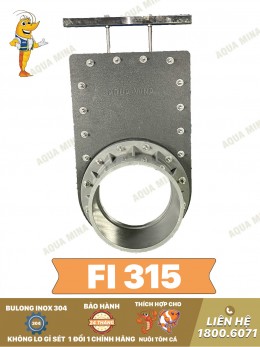
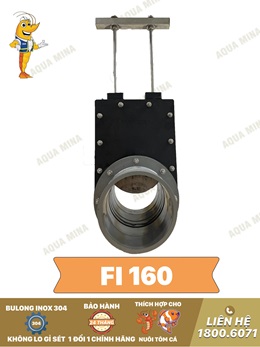

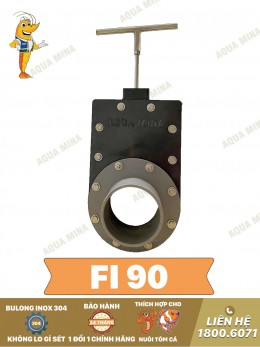
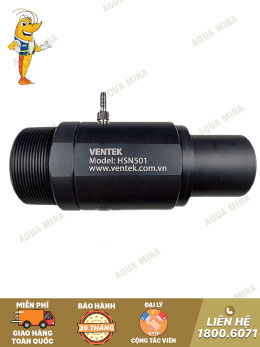
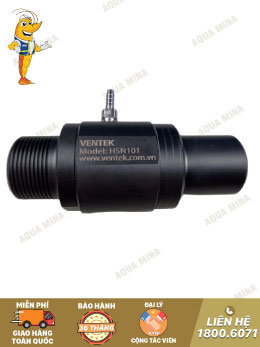
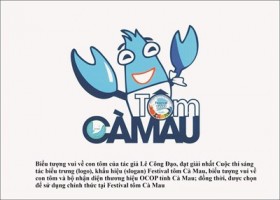
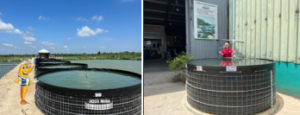
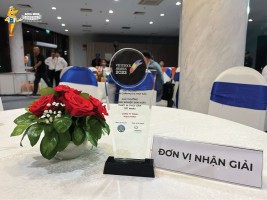
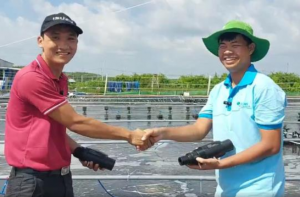
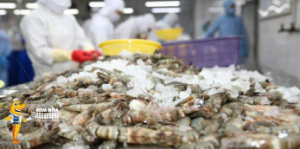
.jpg)